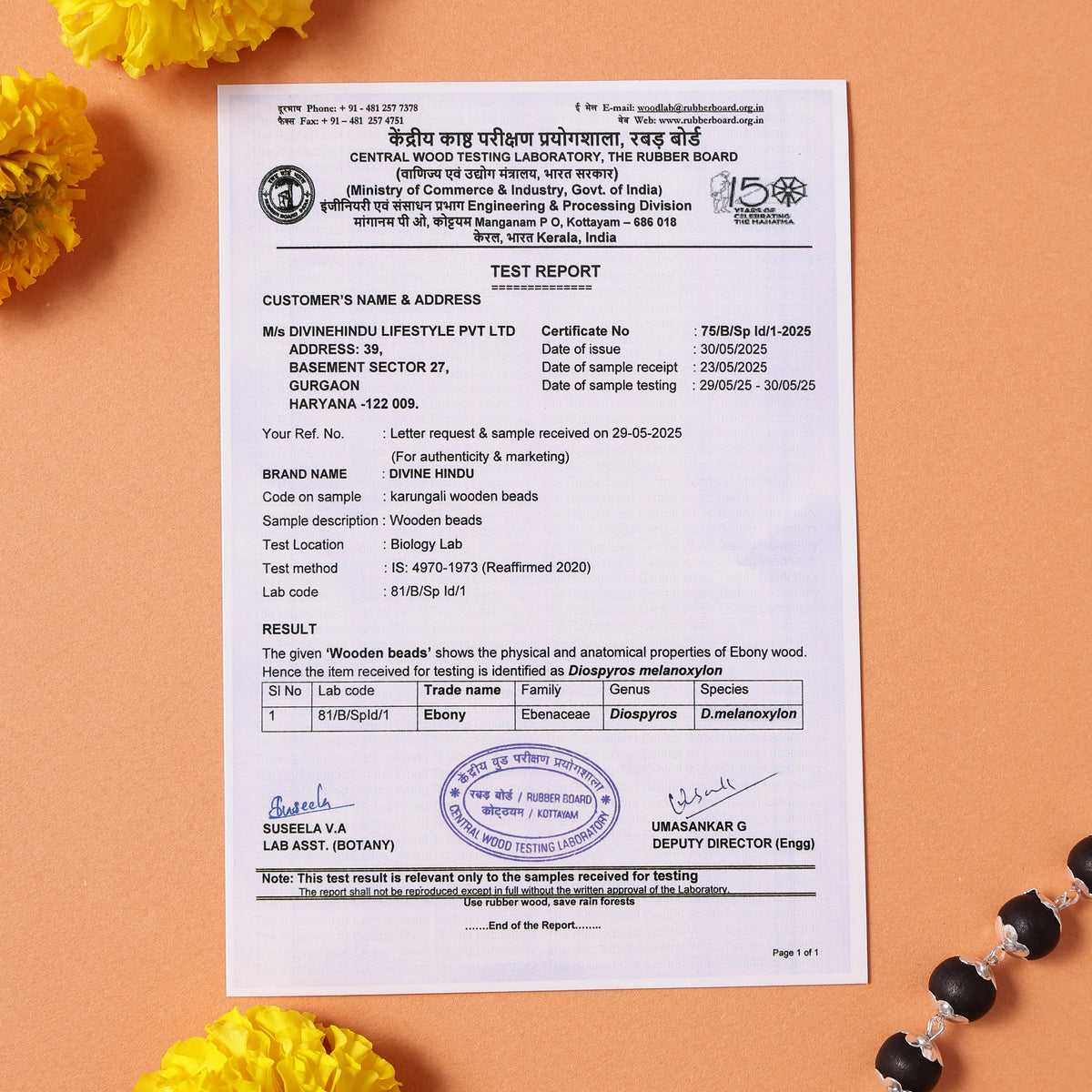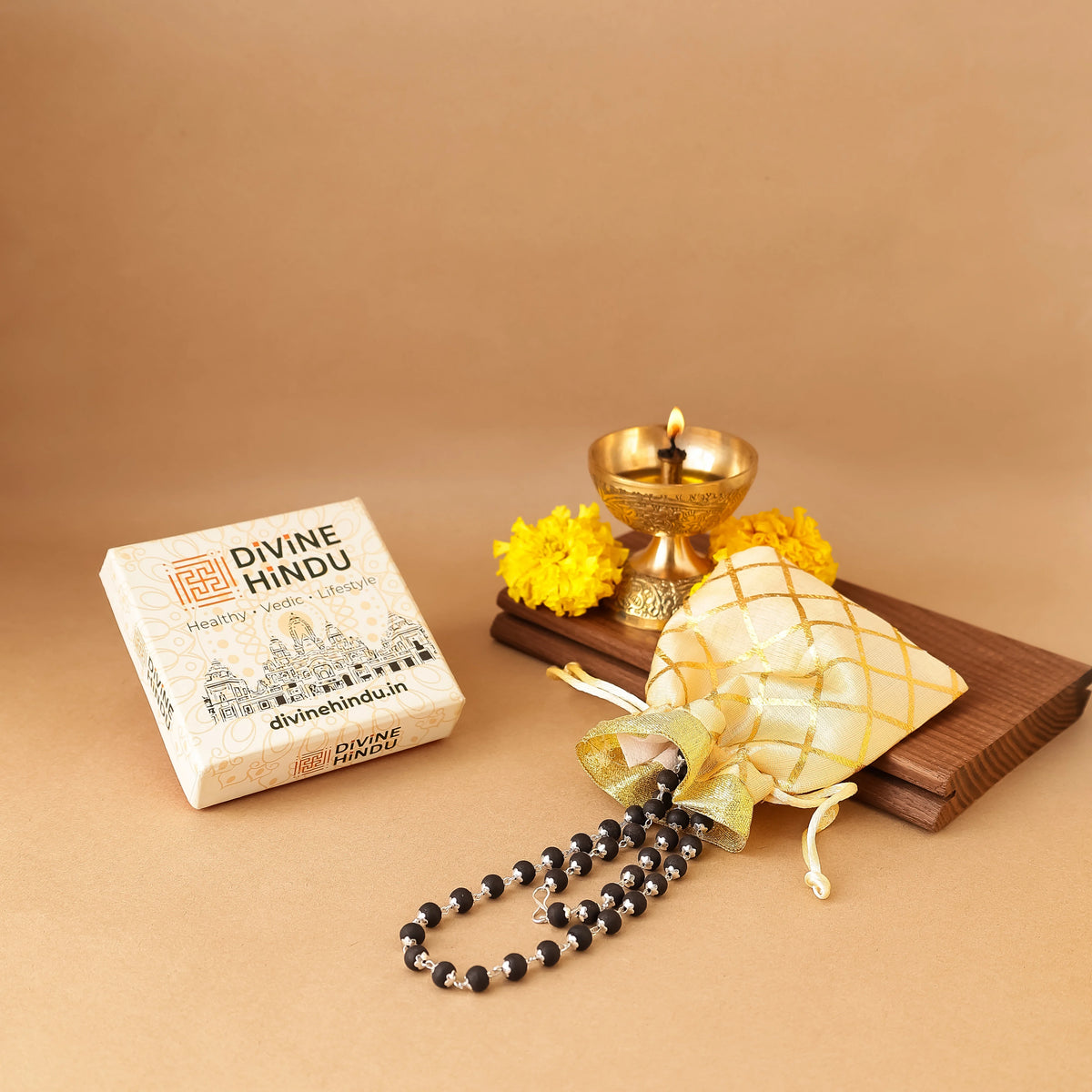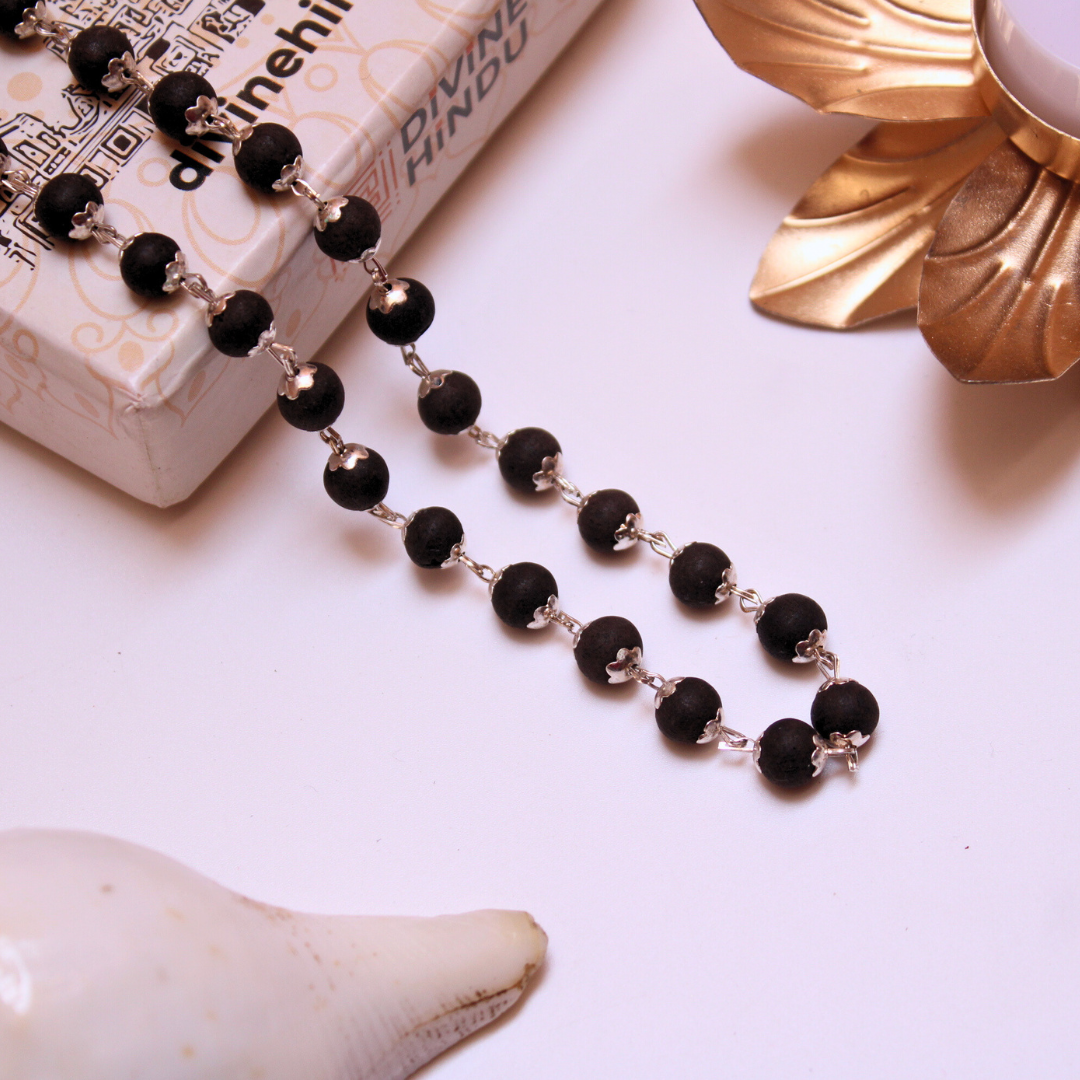Understanding the Shankh
The conch is an important object in Hinduism, not only as a shell, but also as a symbol of the divine, purity, and good fortune. As an important part of Indian culture and Hinduism as a whole, the conch is used in prayers, rituals, and ceremonies.
Since ancient times, blowing the conch shell is an act performed daily by yogis, especially during puja. For many households, puja is incomplete without the shankh, which is symbolically used as an instrument and is highly revered.

The origin of the Shankh dates back to the Puranic age and appears in the 14 divine treasures during the Samudra Manthan (Milky Ocean). Lord Vishnu is said to be the first to possess the Shankh, using it both as a weapon and as a symbol of divine power. In the Mahabharata, Lord Krishna used the conch trumpet to invoke divine energies and intimidate asuras.
The Natural Wonder of the Shankh
The conch shell is a natural marine marvel. It is the outer shell of giant sea snails and forms a spiral shape as the snail grows. When held to the ear, it resonates with a sound reminiscent of the sea. Spiritually, this hum is interpreted as the sacred sound "Om", the universal vibration in many Dharmic faiths.
How to Blow the Shankh
Blowing the Shankha is both a spiritual practice and an art form. The pointed end is held outwards, while the spiral mouthpiece is brought to the lips. A deep, controlled breath produces a resonant, trumpet-like sound that aligns the practitioner's prana (life energy) with cosmic vibrations, similar to pranayama techniques in yoga.
Benefits of Blowing the Shankh
1. Spiritual Purification
Blowing a Shankh creates sound frequencies that purify the surroundings. It removes stagnant energies and awakens divine forces, making the space suitable for meditation and prayer.

2. Positive Energy
The sound waves produced by blowing the Shankh relieve stress, enhance emotional well-being, and boost spiritual strength by clearing negative energy.
3. Health and Well-being
Blowing the Shankh acts as a breathing exercise. It strengthens the lungs, improves respiratory function, and helps people suffering from breathing difficulties or asthma. It also boosts stamina and focus.
4. Cleansing the Environment
The vibrations from the Shankh neutralize negative sound energies and transform them into calming frequencies. It is often used during rituals to drive away evil influences from the home.
5. Improved Posture and Body Awareness
Practicing Shankh blowing encourages better posture by engaging the spine, chest, and core muscles, enhancing physical alignment and discipline.
6. Cultural Heritage and Customs
The tradition of blowing the Shankh is passed down through generations, preserving cultural identity and reinforcing family and spiritual values.
7. Beginning of an Auspicious Act
In Hindu homes and temples, the sound of the Shankh signals the start of a puja or sacred event, inviting positive energies and divine blessings into the space.
Precautions and Guidelines
While Shankh blowing has many benefits, it must be practiced with care. Excessive force can strain the lungs. Individuals with high blood pressure, hernia, or glaucoma should consult a doctor. Learning the correct technique from a priest or trained expert is advisable.
Conclusion
The ancient practice of Shankh blowing blends physical health, spiritual energy, and cultural wisdom. Whether performed during puja or meditation, it creates a serene and positive atmosphere.
In today’s fast-paced world, the sacred sound of the Shankh invites us to slow down, reconnect with ourselves, and embrace peace and mindfulness.
You May Also Like
5 Reasons Why You Should Wear Rudraksha
Can Anyone Wear the 1 Mukhi Rudraksha?
Akshaya Tritiya 2025: Date, Significance, and Spiritual Growth




















